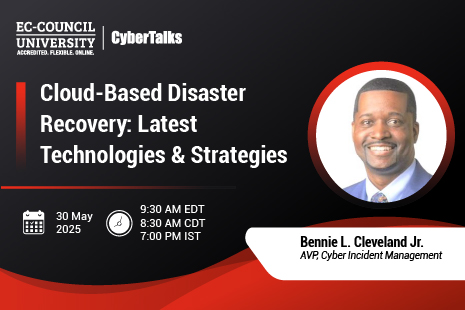Shifting left has become a popular buzzword in the DevOps and agile communities, but what does it mean? And how can you make the shift without sacrificing speed or quality? Here we’ll explore the origins of the shift-left philosophy and show you how to implement it in your organization. We’ll also introduce you to DevSecOps, a new approach that combines DevOps and security best practices to help you increase application security.
What Is DevSecOps?
DevSecOps is a set of practices that combines software development (Dev) and information security (Sec) into a single, integrated lifecycle. DevSecOps aims to deliver secure software faster and more efficiently by automating security controls and integrating them into the software development process. (Red Hat, 2022)
What Is Shift Left Security?
Shift-left in the software development life cycle (SDLC) refers to the practice of moving certain activities, such as testing and quality assurance, to earlier stages in the development process. This approach is also known as “left-shifting,” and it is designed to identify and resolve issues as early as possible in the development cycle, before they become more complex and costly to fix.
One of the challenges of DevSecOps is that it requires a culture shift within organizations. Development and operations teams need to work closely together, and security needs to be embedded into every stage of the software development process. Implementation can also be complex, as it requires changes to both people and processes.
There are many different tools and techniques that can be used to integrate from DevOps to DevSecOps. Some common tools include automation, configuration management, continuous integration/continuous delivery (CI/CD), and containers.
The key to success with shifting DeSecOps to the left is to ensure that everyone involved in the software development process is aware of and invested in security best practices. One
way to do this is to create a “security champions” program, where individuals or teams are tasked with promoting a security culture within their organization.
Importance of DevSecOps in Today’s Fast-Moving World
Shifting security to the left means embedding security into every phase of the software development life cycle (SDLC), from design and development through testing and deployment. By doing so, organizations can identify and mitigate security risks early in the process, before they have a chance to cause problems.
In the past, developers would write code and then hand it over to the operations team to deploy. This process often resulted in delays as the operations team tried to understand the code and figure out how to deploy it. DevOps aims to solve this problem by bringing the two teams together and making them work more closely together. (IBM Developer, 2022)
- One of the key benefits of DevSecOps is that it helps to improve communication between developers and ops staff. Working more closely together allows them to identify problems and find solutions more quickly and easily. This partnership can help to speed up the software delivery process and make it more efficient.
- Another benefit of DevSecOps is that it helps to automate the software delivery process. This means that developers can focus on writing code, and ops staff can focus on deploying it. Doing so saves a lot of time and effort and helps improve the quality of the software delivered.
- It improves the overall quality of the software delivered. By automating the delivery process and working more closely together, developers and ops staff can quickly catch errors and potential problems. This can lead to fewer bugs in the final product and help ensure that the software is more reliable.
Why EC-Council’s Certified DevSecOps Engineer Certification Stands Out
The EC-Council Certified DevSecOps Engineer (E|CDE) certification is geared toward IT professionals who want to pursue a career in DevSecOps and learn how to secure their organization’s development processes and code repositories. The curriculum combines a mix of theoretical and practical knowledge of DevSecOps in your on-premises and cloud-native (AWS and Azure) environment. A hands-on certification with 70% of the course dedicated to labs, the E|CDE equips you to design, develop, and maintain secure applications and infrastructure.
References
Red Hat. (2022, September 19). What is DevSecOps?https://www.redhat.com/en/topics/devops/what-is-devsecops
IBM Developer. (2022, September 19). Developer.ibm.com. https://developer.ibm.com/articles/devsecops-what-and-why/
About the Author
Ryan Clancy is a writer and blogger. With 5+ years of mechanical engineering experience, he’s passionate about all things engineering and tech. He also loves bringing engineering (especially mechanical) down to a level that everyone can understand. Ryan lives in New York City and writes about everything engineering and tech.










